The Iron Curtain was certainly real/physical between East and West Germany. From the two Germanys, the Iron Curtain proceeded south all the way to the Adriatic Sea, ending between Trieste, Italy and Yugoslavia. A writer took a specific journey along the entire length of the Iron Curtain--before the book was published, much of it was first printed in the New Yorker (1983 or 84) in three parts (which is what I read). I seem to recall that the "fence" was mostly real and contiguous from north to south, although the severity of the 'curtain' and what it manifest and represented gradually diminished the further south it was.
I traveled (by car) through two (of the three?) checkpoints between the West and East German border in May 1990. [These checkpoints are not to be confused with the 'famous' Alpha, Bravo and Charlie Checkpoints--A and B between West Berlin and East Germany, and Charlie specifically between East and West Berlin. I went through A, B and C, plus I crossed over the Glienike Bridge between West Berlin and Potsdam--this is the bridge were spies were famously traded.] The Iron Curtain was very real at these points. This was an interesting time because the Berlin Wall was already coming down, but there were still two Germany's, thus the 'checking' at the checkpoints (for all Germans at least) was relatively lax, although the whole 'apparatus' was still in place. In fact, at my final crossing from East to West at Erfurt, the gates were just open and there were no guards anywhere to be seen.
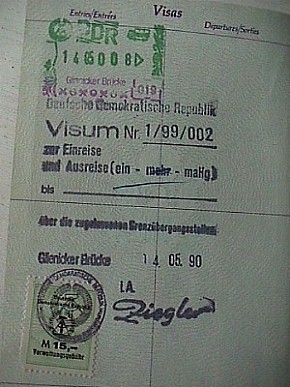
There is a very good scale comparison of "shopping" places, from Trajan's Market (110 AD) to Super K-Mart (1997) within the Harvard School of Design Guide to Shopping--this is for sure a continuation of Durand's method.
I have some ideas about how to design sacred space, and they have to do with making it osmotic and electromagnetic. Some of Kahn's best architecture is osmotic and electromagnetic.
| |
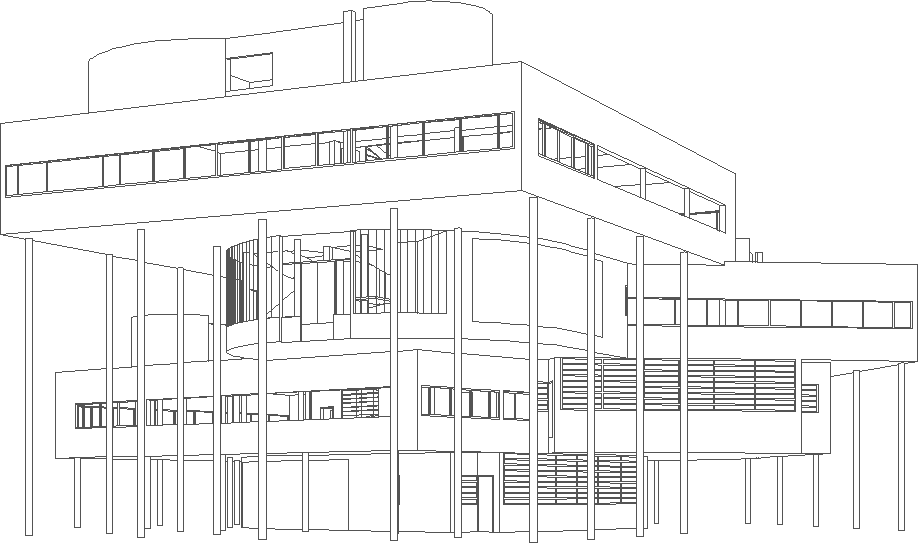
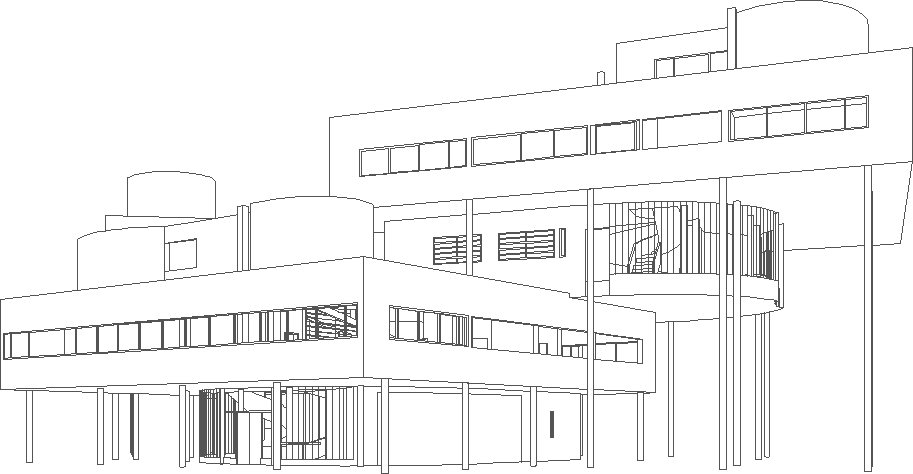
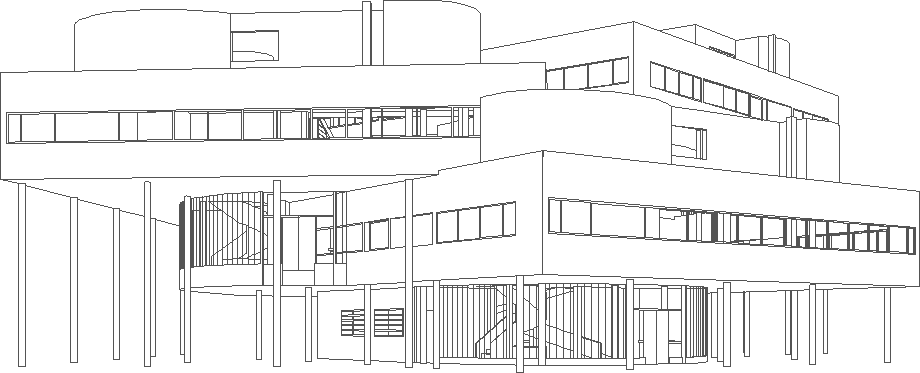
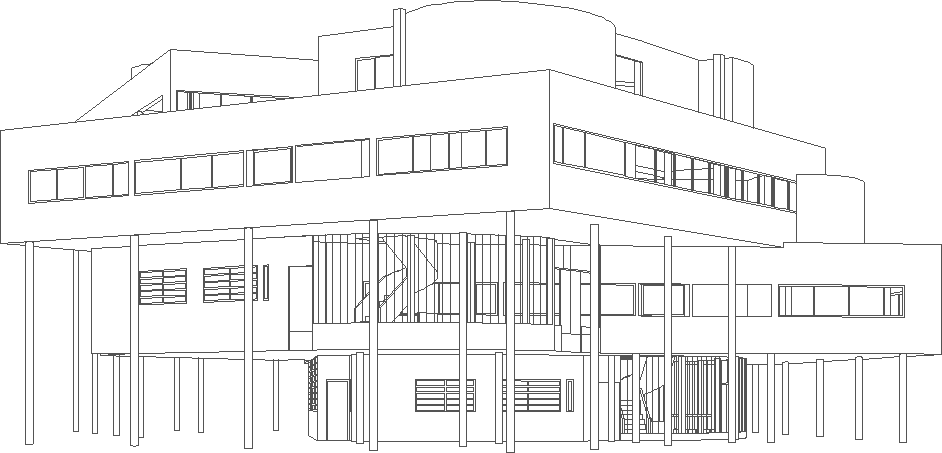
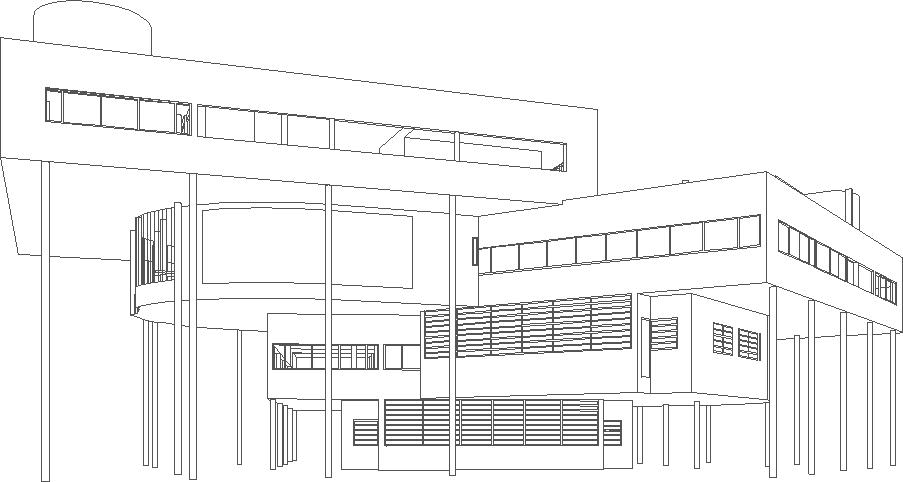
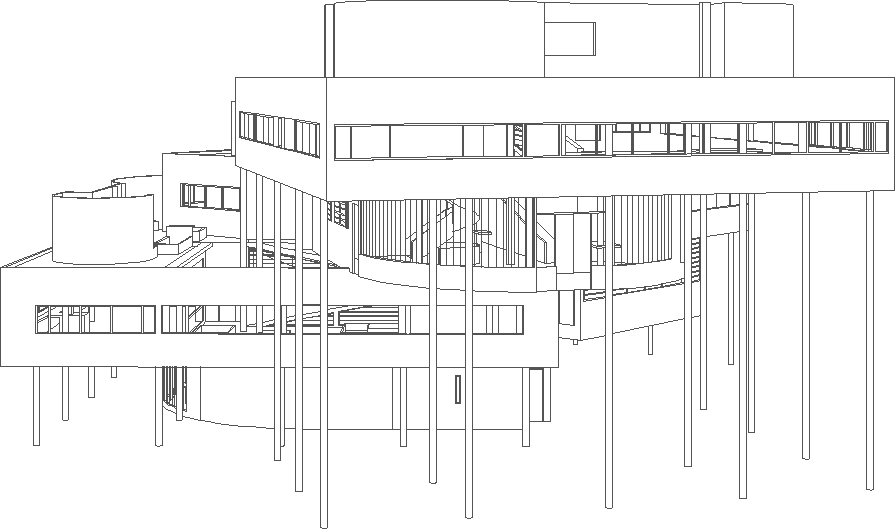
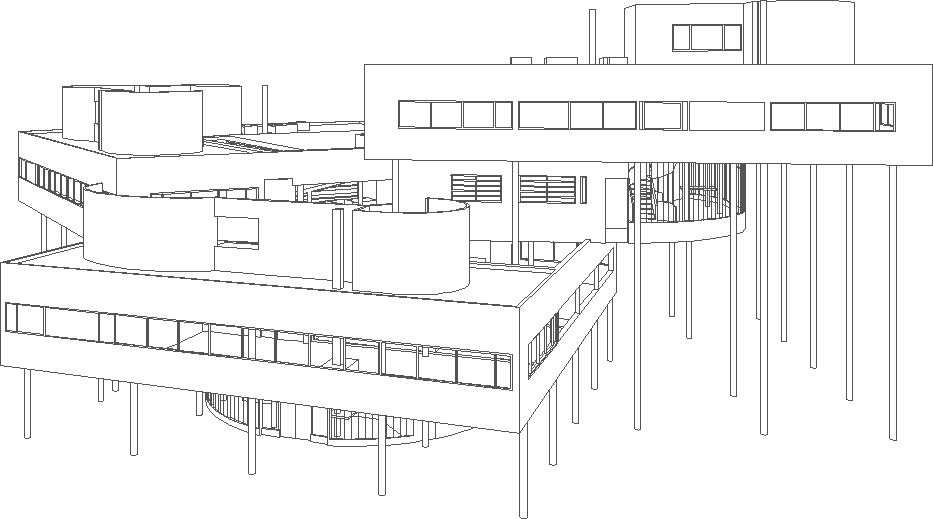
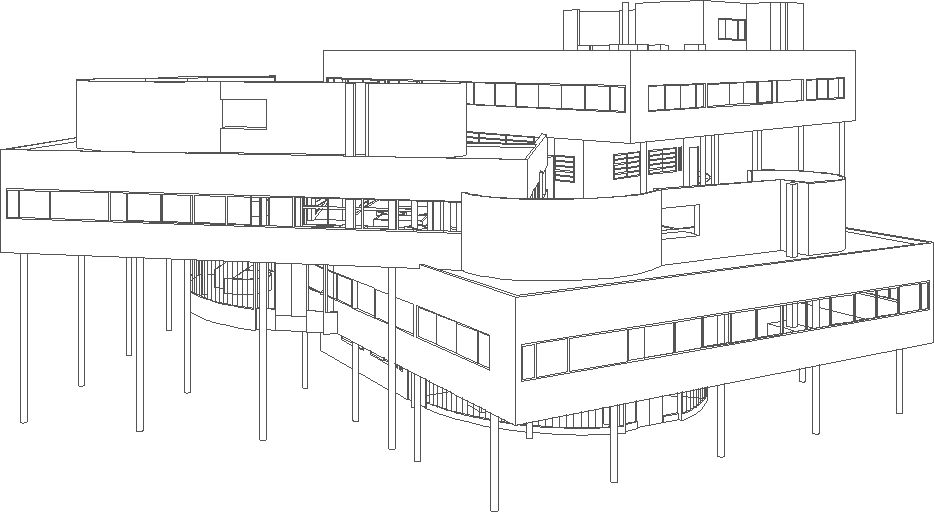
| |
...where we see Postmodern architecture related to the growing trend of realism in film (including cinematic pornography). Not exactly a parallel development, but more where realism in films opened up designers/architect's minds to a more realistic approach to designing buildings/environments. Prior to realism, most films were an adapted form of theater/stage production. Realism in film presented 'real' situations within 'real' settings. [Yes, there is the omnipresent irony of films themselves not being real to begin with.]
aside: Does anyone else remember the paparazzi catching Jackie O. after she saw I am Curious (yellow).
Postmodern architecture would not have happened without a certain frame of mind, and that frame of mind was becoming more and more prevalent within films of the later 1960s and 1970s.
Strictly within architecture itself, Scully, in 'How things got to be the way they are now', finds the genesis of Postmodern architecture with Kahn and Kahn's Beaux Arts education and Roman-ness (wrapped together via Piranesi's plan of the Campo Marzio).
It seems worth noting that the two most significant architects to come out of the 'Strada Novissima' are Frank Gehry and Rem Koolhaas/OMA.
I think you have to first define what 'that' is.
Otherwise, architecture still pretty much operates within the 'realm of no clear rules beyond the immediate context of the situation'.
Many of the architects who utilized "the application of content and forms and motifs that are deliberately identifiable in cultural and historical terms" 30 years ago still design that way today (if they are still active and/or alive).
The first Greenaway film I saw was The Draughtsman's Contract in 1983, 27 years ago, and that's the kind of murder mystery I'm talking about.
The first Tarantino film I saw was Pulp Fiction in 1994 and soon after that architecture started becoming very virtual.
Of course architecture and film evolve for the most part independently, as I already referenced Scully and Kahn above.
The relation between film and postmodern architecture I'm here discussing is not one where the architecture emulates the films, rather architects took on the 'realist' frame of mind of 60s and 70s films, again where there are no clear rules beyond the immediate context of the situation.
Architecture today is still very eclectic, diverse even, and, perhaps more now than ever, there are no clear rules beyond the immediate context of the situation.
creative: the vast majority of more recent residential architecture.
ingenutiy: the more recent residential projects of Koolhaas/OMA.
I just looked out my living room window to see from where Charles Wilson Peale drew the all the way above sketch. I've been going to Lorimer Park behind Fox Chase Farm the last three early dusks to see deer. On Tuesday there was a herd of 13-15 deer, the most I'd seen around here since c. 2000. Wednesday I saw five, a doe and four very young ones, plus the added surprise of seeing a bull mount a cow and procede with intercourse, followed by a copy-cat calf that mounted but otherwise couldn't quite reach. And last evening there was first a group of seven (three with antlers), and then a group of three in the pasture. I'm pretty sure the deer eat the blackberries I sometimes see in Lorimer Park.
|








